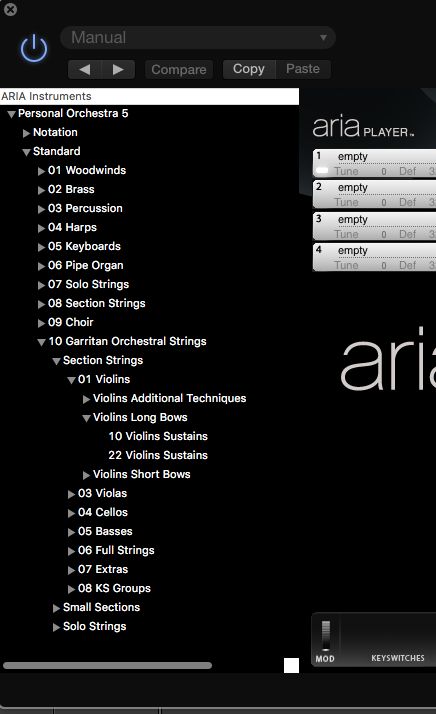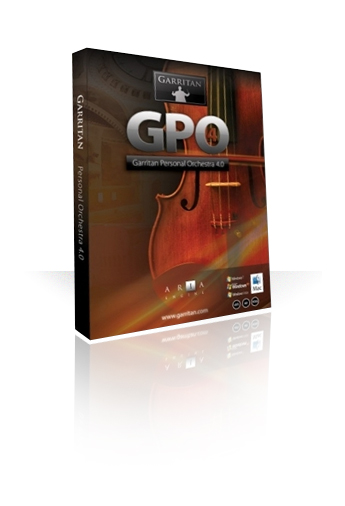

This way you make tracks for all channels, and put some music on them.At least you can give the track a decent name.(It's annoying that the channels are all called Grand Piano it's easiest just to remember what they really are.) These are the channels of the original Multi Instrument. The notes you are going to play will be a Midi sequence, so in the Arrange window you need tracks that have Midi input.Now we can actually start making music in the Arrange window, but there are a couple of gotchas in that too. What all this work has given you is that you can now set individual effects, or amounts of Bus send, on each channel. These Aux objects are mono, so you have to pan them individually.Continue this, creating an Aux object for channels 4 and 5 of GPO.The whole thing come together by declaring that the input for this object is the third channel of GPO.Create a new Audio Object, call it Viola, and set it to the Viola midi channel, which is 3.All other instruments are handled with Aux objects. This stereo Audio Object will be used for the first two channels (the first and second violin in this example).

You now have a multi-channel instrument with a bunch of instruments loaded.

#Garritan personal orchestra 5 weird sound how to#
In this tutorial I will show you how to set up GPO, using a string section (2 violins, viola, cello, bass) as example.

It takes a couple of tricks both in the environment and the arrange window. Setting up multi-timbral multi-channel instruments such Garritan Personal Orchestra, SampleTank, or Logic's own EXS24, is not entirely trivial. GPO in Logic GPO and other Multi-Instruments in Logic


 0 kommentar(er)
0 kommentar(er)
